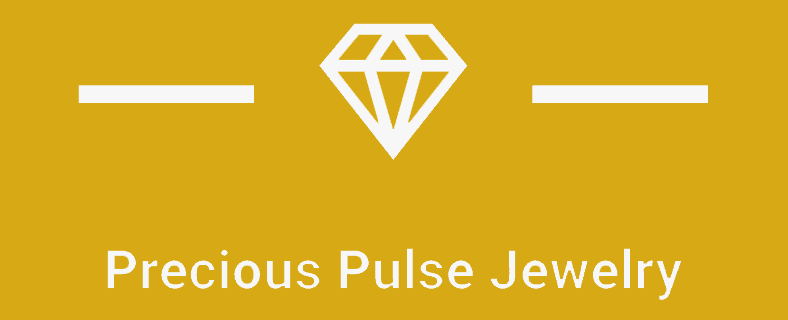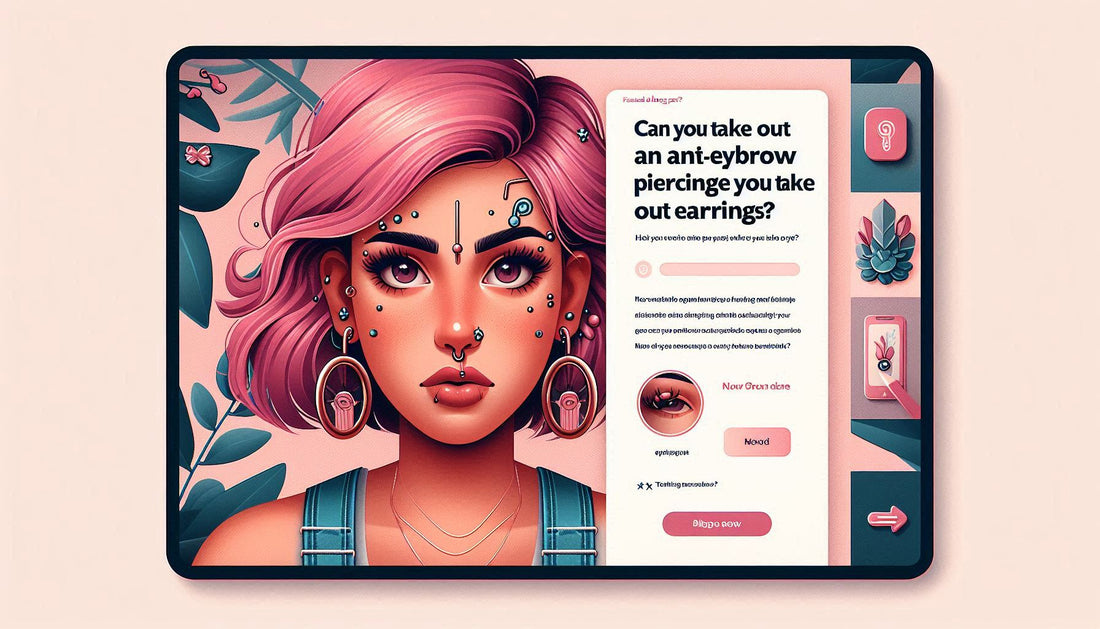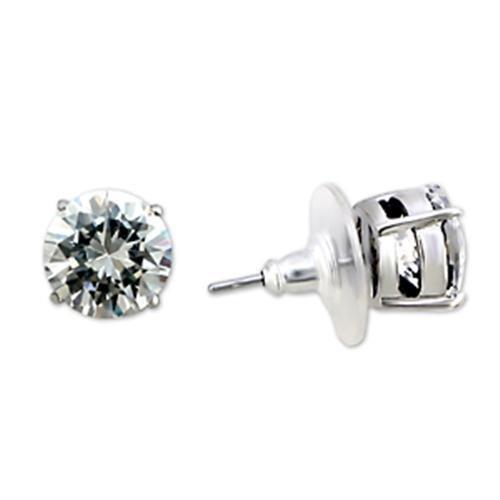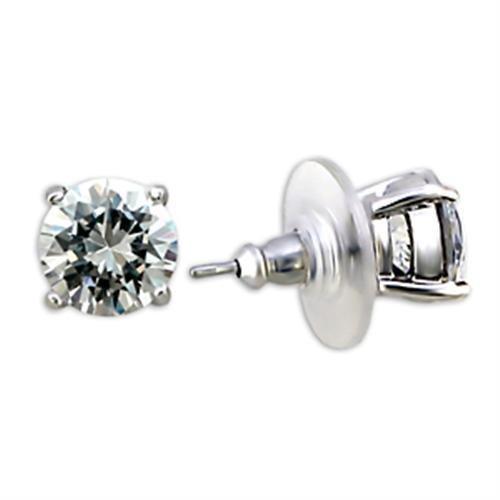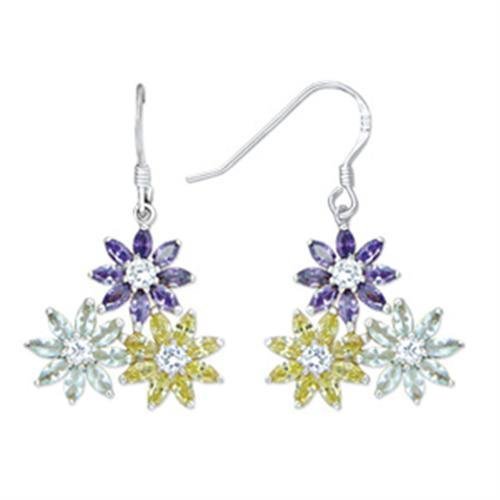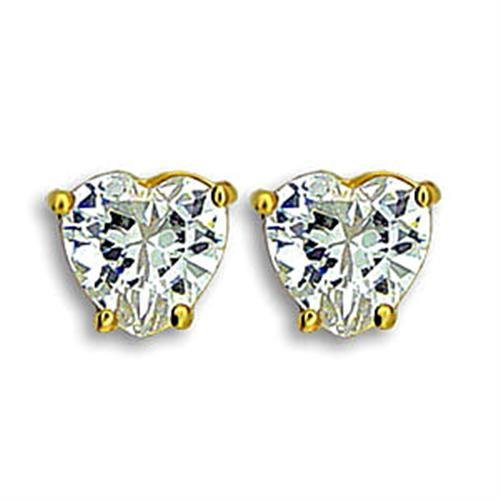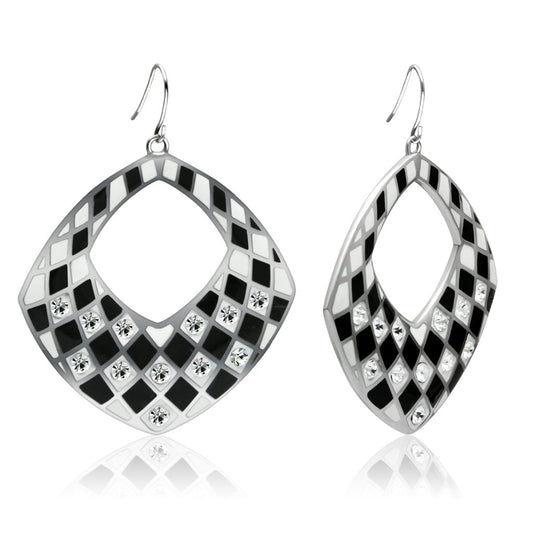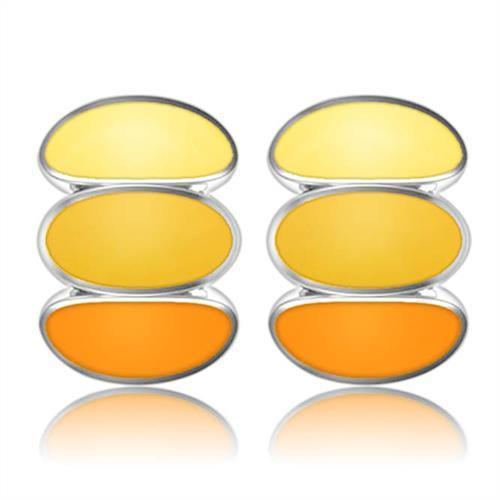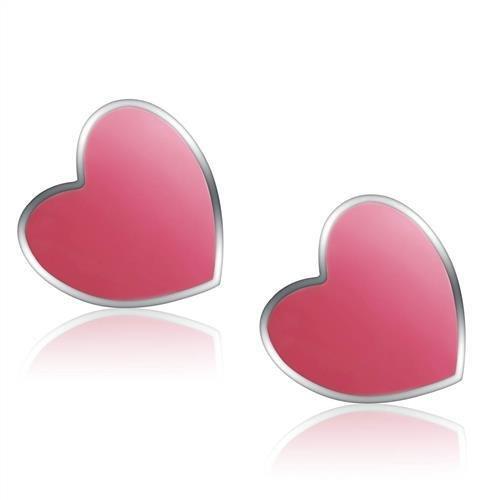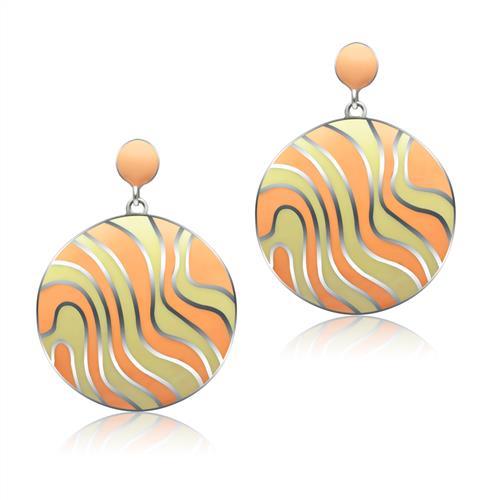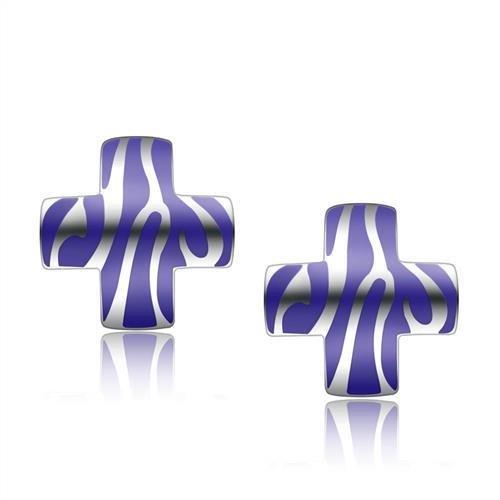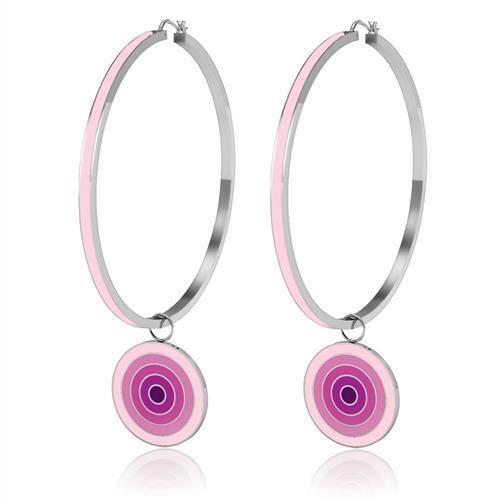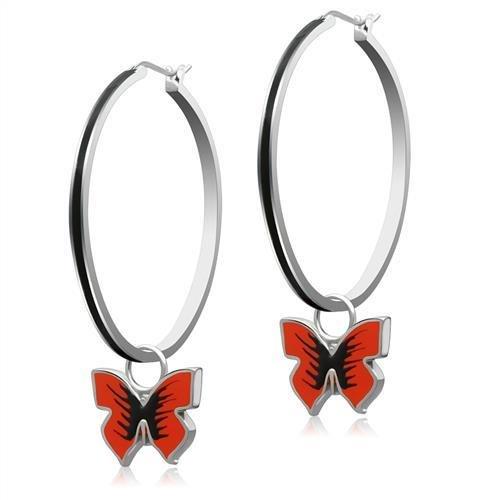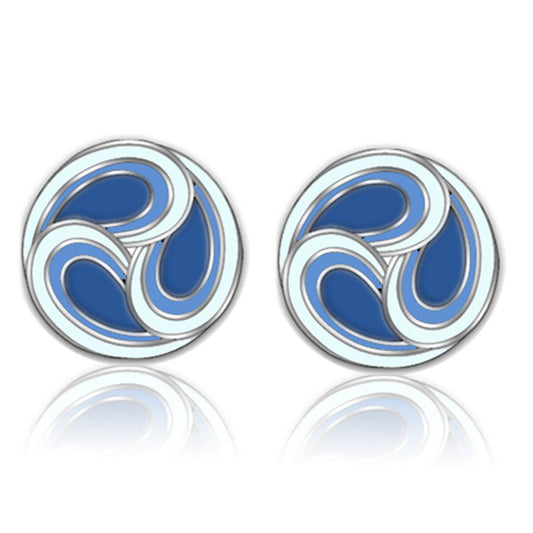Anti-eyebrow piercings, often known as butterfly kiss piercings or surface piercings, are gaining popularity in the world of body art. However, they bring a unique set of challenges and considerations compared to more traditional piercings, such as earrings. This article explores the key differences between these types of piercings, the specific care required, and whether you can remove an anti-eyebrow piercing as easily as an earring.
Table of Contents
- Introduction
- Understanding Anti-Eyebrow Piercings
- Jewelry Types for Anti-Eyebrow Piercings
- Comparing Anti-Eyebrow Piercings to Earrings
- Removing Anti-Eyebrow Piercings
- Aftercare for Anti-Eyebrow Piercings
- Choosing the Right Jewelry
- Addressing Pain and Discomfort
- Preventing Complications
- Understanding Piercing Rejection and Migration
- Managing Piercing Infections
- Long-Term Care and Maintenance
- Conclusion
- Frequently Asked Questions
Understanding Anti-Eyebrow Piercings
Anti-eyebrow piercings, also referred to as butterfly kiss piercings, are a form of surface piercing typically placed above the cheekbone or below the eyebrow. Unlike traditional piercings that go through flesh, surface piercings pass just under the skin. This placement makes them more prone to issues like piercing rejection and migration.
Jewelry Types for Anti-Eyebrow Piercings
- Surface Bars: Specially designed to minimize pressure and reduce the risk of migration.
- Curved Barbells: Often used for their versatility and comfort.
- Dermal Anchors: A single-point piercing method where the jewelry is anchored under the skin.
High-quality jewelry such as titanium jewelry, surgical steel, and niobium are recommended for these piercings to prevent allergic reactions and enhance the healing process.
Comparing Anti-Eyebrow Piercings to Earrings
Placement and Technique
Earrings are typically placed through the earlobe or cartilage, areas with substantial flesh to support the jewelry. In contrast, anti-eyebrow piercings are surface piercings, which means the jewelry rests under a small amount of skin. This difference in placement necessitates a distinct approach to both insertion and removal.
Healing Process
The healing process for an anti-eyebrow piercing is generally longer and more complex than for an earring. Surface piercings can take several months to heal fully and require diligent aftercare to avoid complications like infection and scarring. On the other hand, earrings, especially those in the earlobe, usually heal within 6-8 weeks.
Risks and Complications
- Piercing Rejection: Common in surface piercings due to the body's tendency to push out foreign objects.
- Migration: The movement of the piercing from its original position, which is more prevalent in surface piercings.
- Infection and Scarring: Proper aftercare is crucial to avoid these issues.
For those considering an anti-eyebrow piercing, it's essential to invest in high-quality jewelry to minimize risks.
Removing Anti-Eyebrow Piercings
So, can you take out an anti-eyebrow piercing like you take out earrings? The short answer is no. While earrings can often be easily removed at home, anti-eyebrow piercings require more care and sometimes professional assistance.
Step-by-Step Removal Process
- Consult a Professional: If you're unsure or if the piercing has not fully healed, it's best to seek help from a professional piercer.
- Clean the Area: Ensure the area is clean to prevent infection.
- Use Appropriate Tools: Specific tools may be needed to safely remove the jewelry without causing damage to the skin.
- Monitor for Complications: After removal, watch for signs of infection or other complications, and follow proper aftercare protocols.
Choosing high-quality materials like solid gold jewelry or surgical steel jewelry can make both the wearing and removal process smoother and safer.
Aftercare for Anti-Eyebrow Piercings
Proper aftercare is crucial for preventing complications such as infection, scarring, and migration. Here are some essential steps to follow:
Cleaning
- Use Saline Solution: Clean the piercing with a saline solution twice daily. Avoid using alcohol or hydrogen peroxide, as these can irritate the skin and delay healing.
- Avoid Touching: Do not touch the piercing with unwashed hands to prevent bacteria from entering the wound.
Monitoring
- Check for Signs of Infection: Redness, swelling, and discharge are signs of infection. If you notice these symptoms, consult with a professional piercer or healthcare provider immediately.
- Observe for Rejection or Migration: If the jewelry starts to move from its original position or the skin becomes very thin over the jewelry, it could be a sign of rejection or migration.
Using high-quality materials like titanium jewelry or niobium jewelry can help minimize these risks.
Healing Process
The healing process for an anti-eyebrow piercing can take anywhere from 6 months to a year, depending on individual factors and how well the aftercare routine is followed. Here are some tips to support the healing process:
- Avoid Makeup: Do not apply makeup around the piercing area until it is fully healed.
- Stay Away from Water: Avoid submerging the piercing in water (e.g., pools, hot tubs) to prevent infection.
- Maintain a Healthy Lifestyle: Good nutrition and adequate sleep can support your body’s healing processes.
Choosing the Right Jewelry
Selecting the right type of jewelry is crucial for both comfort and the health of the piercing. Here are some popular options:
Surface Bars
Surface bars are designed specifically for surface piercings. They minimize pressure on the piercing and reduce the risk of migration and rejection.
Curved Barbells
Curved barbells are often used in surface piercings for their comfort and versatility. They come in various materials like surgical steel, solid gold, and titanium.
Dermal Anchors
Dermal anchors provide a more stable option as they anchor the jewelry under the skin. This type of jewelry can reduce the likelihood of rejection and migration.
High-Quality Materials
Using high-quality materials such as titanium jewelry, surgical steel jewelry, solid gold jewelry, and niobium jewelry can significantly enhance the piercing experience. These materials are less likely to cause allergic reactions and promote better healing.
Addressing Pain and Discomfort
Pain and discomfort are common with any piercing, and anti-eyebrow piercings are no exception. Here are some tips to manage pain:
- Cold Compress: Applying a cold compress can reduce swelling and numb the area.
- Over-the-Counter Pain Relief: Medications like ibuprofen can help alleviate pain and reduce inflammation.
- Avoid Pressure: Do not sleep on the piercing or apply pressure to the area.
Understanding and managing pain is essential for a smooth healing process and overall comfort.
Preventing Complications
To avoid complications such as piercing rejection, infection, and scarring, follow these guidelines:
Avoid Irritants
- Fragrance-Free Products: Use fragrance-free soaps and lotions around the piercing area.
- Protect from Trauma: Be mindful of clothing and accessories that might snag or rub against the piercing.
Regular Check-Ups
- Visit Your Piercer: Schedule regular check-ups with your piercer to ensure the piercing is healing correctly.
Professional Removal
If you decide to remove your anti-eyebrow piercing, it is recommended to have it done by a professional to avoid unnecessary trauma and complications.
Monitor for Long-Term Issues
Even after the piercing has healed, continue to monitor the area for any changes or issues, and maintain regular hygiene practices to keep the site clean and healthy.
By following these guidelines, you can ensure that your anti-eyebrow piercing remains a beautiful and healthy addition to your personal style.
Understanding Piercing Rejection and Migration
Piercing rejection and migration are significant concerns for anyone with a surface piercing, including anti-eyebrow piercings. These issues occur when the body recognizes the jewelry as a foreign object and attempts to push it out.
Signs of Piercing Rejection
- Jewelry Movement: Noticeable movement of the jewelry away from its original position.
- Thinning Skin: The skin over the jewelry becomes thinner, and the jewelry becomes more visible.
- Redness and Irritation: Persistent redness and irritation around the piercing site.
Preventing Rejection and Migration
- Choose the Right Jewelry: Opt for surface bars, curved barbells, or dermal anchors made from high-quality materials like titanium or niobium.
- Proper Aftercare: Adhere to strict aftercare routines to keep the piercing clean and reduce irritation.
- Avoid Pressure: Do not apply pressure to the piercing, and avoid activities that might cause trauma to the area.
Managing Piercing Infections
Despite best efforts, infections can sometimes occur. Recognizing and addressing infections promptly is critical to prevent further complications.
Symptoms of Infection
- Severe Redness: Increased redness and swelling around the piercing.
- Discharge: Yellow or green discharge that may have an odor.
- Pain and Heat: Persistent pain and warmth around the piercing site.
Treating Infections
- Clean the Piercing: Clean the area with a saline solution twice a day.
- Seek Professional Help: If symptoms persist or worsen, consult with a professional piercer or healthcare provider.
- Avoid Removing Jewelry: Do not remove the jewelry without consulting a professional, as this can cause the infection to become trapped.
Long-Term Care and Maintenance
Even after the piercing has fully healed, ongoing care is essential to maintain its health and appearance.
Regular Cleaning
Continue to clean the piercing regularly to prevent buildup of dirt and bacteria. Using gentle, fragrance-free soaps can help maintain cleanliness without causing irritation.
Monitoring for Changes
Keep an eye on the piercing for any signs of changes or issues. Regularly check for signs of rejection, migration, or infection, and address them promptly.
Professional Check-Ups
Schedule regular visits with your piercer to ensure the piercing remains healthy and address any concerns you may have.
Conclusion
Anti-eyebrow piercings, while stunning and unique, require special attention and care compared to more traditional piercings like earrings. From selecting high-quality jewelry to adhering to meticulous aftercare routines, each step plays a vital role in ensuring the longevity and health of the piercing.
Whether you're looking for the perfect piece to adorn your new piercing or seeking high-quality options to complement your style, explore our extensive collections of bracelets, earrings, necklaces, rings, and brooches.
Key Takeaway
While you cannot remove an anti-eyebrow piercing as easily as an earring, understanding the specific requirements and risks associated with this type of surface piercing ensures you can enjoy your unique style safely and beautifully. Prioritize quality, adhere to aftercare practices, and consult professionals to maintain the health and appearance of your anti-eyebrow piercing.
Frequently Asked Questions
1. Can I take out an anti-eyebrow piercing myself at home?
While it is possible to remove an anti-eyebrow piercing at home, it is not recommended. Due to the complexity of surface piercings, professional removal ensures minimal risk of complications such as scarring or infection.
2. How long should I wait before considering removing my anti-eyebrow piercing?
You should wait until the piercing is fully healed, which can take 6 months to a year. Removing it prematurely can lead to complications like infection or scarring.
3. What tools are needed to remove an anti-eyebrow piercing?
Removal typically requires sterile tools such as a pair of forceps and a professional piercing needle. These tools ensure the jewelry can be removed safely without causing damage to the skin.
4. What are the signs that I need to remove my anti-eyebrow piercing?
Signs that you may need to remove the piercing include persistent redness, swelling, pain, discharge, and visible migration or rejection of the jewelry.
5. Can an anti-eyebrow piercing leave a scar after removal?
Yes, anti-eyebrow piercings can leave a scar, especially if the removal process is not handled properly. Following professional advice and proper aftercare can minimize scarring.
6. Is it possible to re-pierce the same spot after removing an anti-eyebrow piercing?
It is generally possible to re-pierce the same spot, but you should wait until the area has completely healed and consult with a professional piercer to assess the site.
7. Can removing an anti-eyebrow piercing cause an infection?
If not done properly, removing an anti-eyebrow piercing can lead to an infection. Ensuring the area is clean and using sterile tools are crucial steps to prevent this.
8. Will my anti-eyebrow piercing close up if I remove the jewelry?
Yes, like most piercings, an anti-eyebrow piercing can close up if the jewelry is removed, especially if it is still healing. Even after full healing, it may close up over time.
9. How can I minimize pain during the removal of an anti-eyebrow piercing?
To minimize pain, you can apply a cold compress to numb the area before removal. Taking over-the-counter pain relievers can also help reduce discomfort.
10. Can I replace my anti-eyebrow piercing jewelry myself?
Replacing the jewelry yourself is possible but should be done with caution to avoid irritation or damage to the piercing site. Using high-quality, sterile jewelry and washing your hands thoroughly before handling the piercing is essential.
These FAQs address common concerns about the removal and care of anti-eyebrow piercings, ensuring you have the knowledge to make informed decisions about your body art. For more information on high-quality jewelry and proper piercing care, explore our collections of bracelets, earrings, necklaces, and more.
